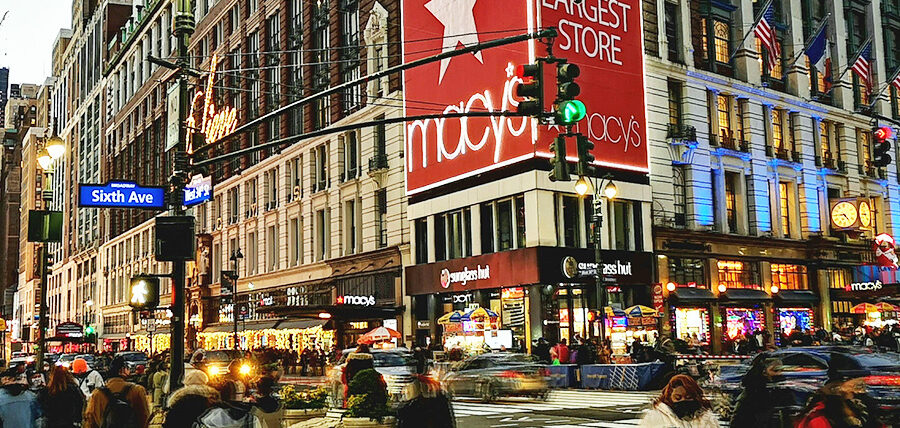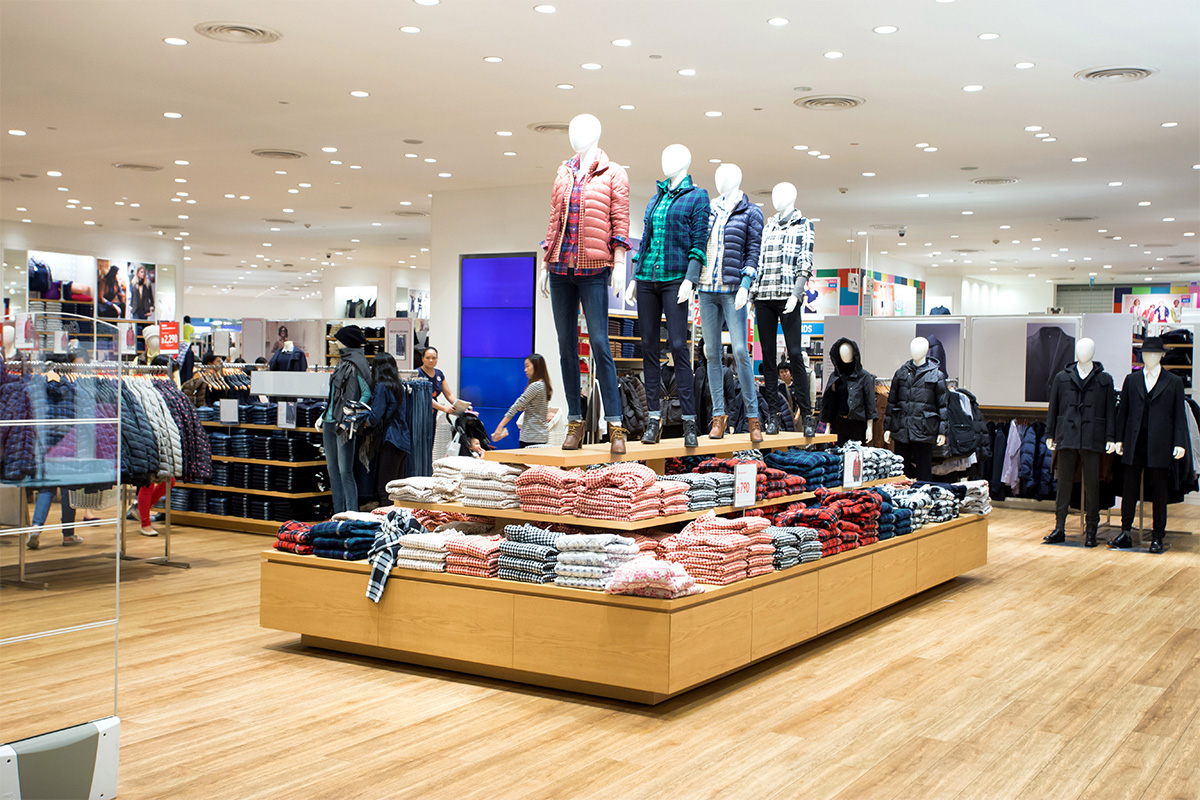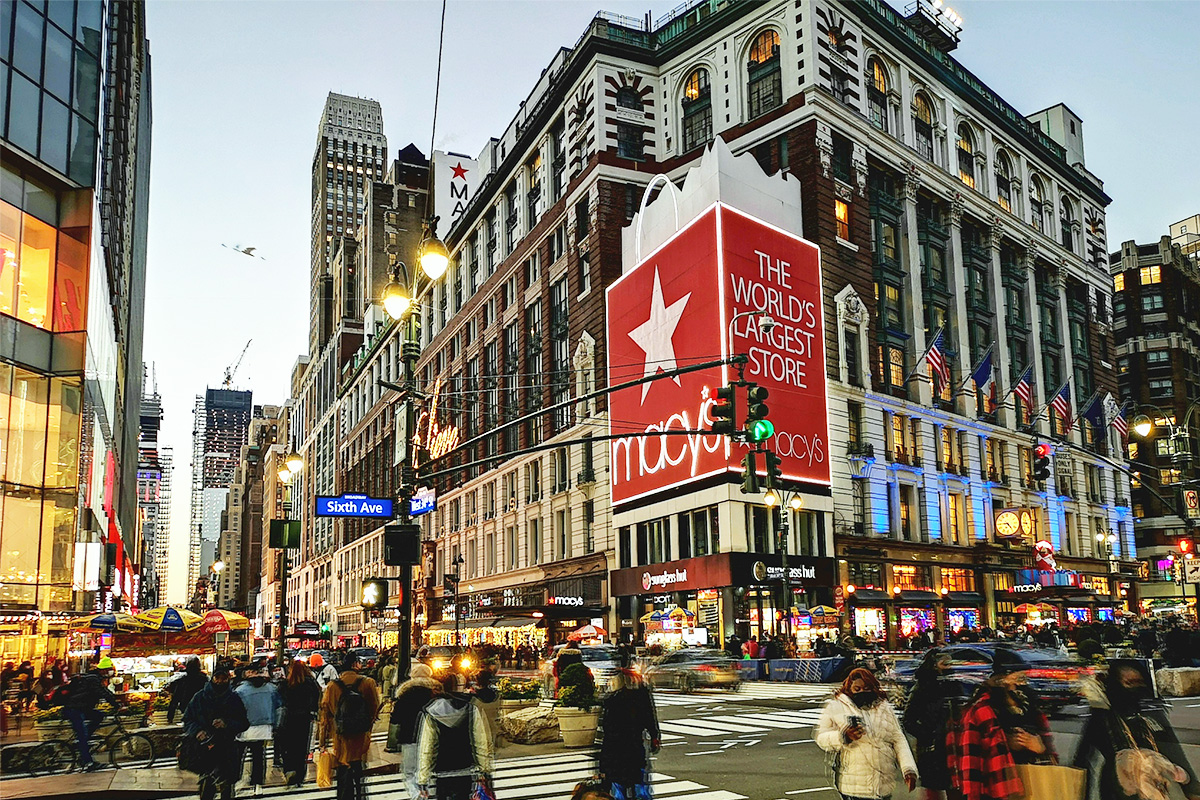Transactional shopping is easy to do online, from the comfort of home, with free shipping and free returns. But consumers want a reason to leave their home, drive to your location, find a parking spot, and step inside your store—and it’s up to retailers to give it to them. And as the landlord, you want that foot traffic as much as the retailer does.
With attractions ranging from pop-up retailers with limited holiday engagements and entertainment spaces like theaters and concert venues to active leisure activities like axe throwing and escape rooms, today’s mall bears very little resemblance to these retail meccas of yesteryear.
Experiential retail shifts the focus from transactions to immersive experiences, aiming to offer customers unique, memorable interactions beyond what online shopping provides. It acknowledges that shoppers crave engaging, value-added experiences alongside their purchases.

Adapting to Experiential
How can landlords balance attracting foot traffic while safeguarding investments amid experiential retailers’ needs for space and tighter budgets? The short answer, of course, is to say yes. Offer flexible space, invite the experiential retailers in. Give consumers a reason to keep coming back.
Of course, it’s more complex than that and there are many factors that must be considered, but the mall of today represents a huge opportunity for retail growth and renewed consumer interest.
Doug Tilson, who leads ASG’s Tenant Representation, explains:
“The real struggle for landlords is walking this fine line between bringing in the experiential retailers that consumers want, while still meeting the financial goals for their shopping centers. A lot of these locations are publicly traded REITs with profit goals and shareholder expectations they must meet.”

Making the Most of Your Mall Space
How can landlords position themselves to benefit from experiential retail? How do they attract a beneficial combination of retail offerings that keep the traffic coming? Consider these factors:
Strike a Balance
How do landlords marry the need to show profits with less lucrative experiential retail tenants?
Tilson explains, “There is significant competition for space, especially in the top-tier shopping centers. So, there is a tradeoff between doing something the customer desires with the constraints of possibly lower returns,” he says. “If an experiential retailer pays less, does the landlord do it for the customer, or do they prioritize the more profitable traditional retailer? My advice: Look at your shopping center as an asset and stay relevant with your consumers. Ignore short-term quarterly earnings and focus on the long-term strategy.”
Curate Your Tenant Mix
Carefully curating the mix of tenants within a shopping center or complex is crucial. Selecting retailers that align with the experiential trend and offer unique, engaging, or interactive elements contributes to the overall appeal of the retail space, but they should not be the only priority.
“We saw this happen in many shopping centers when sit-down restaurants became popular,” says Tilson. “In a number of instances, landlords went overboard and ended up with an imbalance. They must be careful not to overdo any one type of retail. And consumers still want to shop; shopping centers still need traditional retailers. Don’t throw baby out with bath water. You still have to have products for consumers to buy, whether or not they have an experiential component to them.”
Embrace New Retailers, but Perform Due Diligence
Just because you may be considering bringing in more experiential retailers doesn’t mean you still shouldn’t perform due diligence. It’s important to maintain fiscal responsibility with new tenants, even if you’re providing more flexibility to the terms of the lease regarding space and scalability. Be sure to address the issue of liability, particularly as it concerns some of the more adventurous experiences.

Use the Fundamentals of Retail Real Estate Strategy
For landlords, consumer expectations may change, but the basic tenets of retail real estate investment have not. (For more, pick up Secrets of Retail Real Estate: How Successful Retailers Win by ASG founder Steve Morris). Location matters. Accessibility matters. The only thing that has really changed are the types of retailers. You’re more likely to have success with a grocery store as an anchor than a department store these days. And you may need to consider more flexible lease and space terms to attract the right kind of retailers to your space.
Embrace Agility
If the pandemic taught retailers anything, it’s that everything can change in an instant. Be agile and willing to change your strategy to suit shifting demand. Where department stores once ruled, it’s more likely your spaces will be filled with DTCs opening physical locations, medical retail, seasonal pop-ups, and experiential retailers. But this shift is an exciting one, because the changing dynamics of your location can be a draw for consumers who are looking forward to what’s next.
Design Stores for Flexibility
Flexibility is a crucial factor in designing retail spaces that attract experiential retailers. Consider allowing retailers to create dynamic and ever-changing environments by offering modular layouts, movable fixtures, and adaptable spaces that can accommodate distinct types of experiences.

Integrate Technology
Incorporating technology into retail spaces is necessary with experiential retail. From augmented reality (AR) and virtual reality (VR) elements to interactive displays and seamless online-offline integration, retail landlords should supply the infrastructure necessary to support these technologies.
Prioritize Sustainability
Embracing sustainability practices can resonate with consumers who are increasingly conscious of environmental issues. Retail landlords can encourage and support eco-friendly practices among their tenants, creating a positive and responsible image for the entire retail space.
Analyze the Data
Leveraging data analytics can help retail landlords understand consumer behavior and preferences. This information can be used to tailor experiences, optimize tenant mixes, and continually adapt the retail environment to meet changing consumer expectations.
Perfectly Positioned
Landlords can embrace experiential retail while taking a balanced and prudent approach by implementing these strategies. This holistic approach allows retail landlords to position their spaces as destinations rather than mere transaction points, creating a more compelling and competitive retail environment that will attract consumers for the long-term, while minimizing the risk of financial insolvency.














